
The remains of one of the oldest homes in Britain, built more than 10,000 years ago, have been unearthed near Edinburgh.
The dwelling was found in the path of the new Forth bridge and has been dated to around 8240 BC.
A large oval pit measuring nearly seven metres and studded with post holes was all that remained standing of the home from the Mesolithic period.
The holes would have held wooden posts supporting the walls and roof, which experts believe would have been covered with turf. Remains of several fireplace hearts were also discovered.
The ancient people who lived in the area were hunter gatherers and charred bone fragments on the site suggest they ate birds, fish, wild boar and possible deer. Large quantities of charred hazelnut shells were also found. The residents were among the first settlers in Scotland after the last glacial period (a time within an ice age marked by colder temperatures).
Archaeologists also recovered more than 1,000 flint artefacts including stone tools that would have been used for tasks including hunting, skinning and food processing.
Ed Bailey, Project Manager for Headland Archaeology, the company that carried out the works, said:
‘The discovery of this previously unknown, and rare type of site has provided us with a unique opportunity to further develop our understanding of how early prehistoric people lived along the Forth.
‘Specialist analysis of archaeological and palaeoenvironmental evidence recovered in the field is ongoing. This will allow us to put the pieces together and build a detailed picture of Mesolithic lifestyle.’
The archaeology team also found the toe bones – most likely from a wolf – within the house. It’s not known if this came from a wolf pelt that would have been worn or used to line the floor for warmth.
The team believe the house was a semi-permanent structure not occupied all year round, but possibly for seasonal use in this case over the colder winter months. It would most likely have belonged to a family grouping, probably including extended members.
They said they weren’t surprised to find no evidence of domesticated animals, as this did not begin until the Neolithic period, over 4,000 years after the date of the house.
Historic Scotland Senior Archaeologist, Rod McCullagh, said: ‘This discovery and, especially, the information from the laboratory analyses adds valuable information to our understanding of a small but growing list of buildings erected by Scotland’s first settlers after the last glaciation, 10,000 year ago.
‘The radiocarbon dates that have been taken from this site show it to be the oldest of its type found in Scotland which adds to its significance.’
Transport Minister Keith Brown said: ‘This ancient dwelling, which was unearthed as part of the routine investigations undertaken prior to construction works, is an important and exciting discovery.
‘We now have vital records of the findings which we will be able to share to help inform our understanding of a period in Scotland’s ancient history.’

Stone tool fragments were found at the site

The foundations of the ancient building emerge from the mud
From: Daily Mail
By CLAIRE BATES
PUBLISHED: 14:08 GMT, 20 November 2012 | UPDATED: 15:19 GMT, 20 November 2012

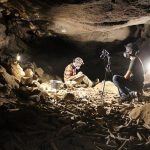
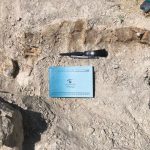

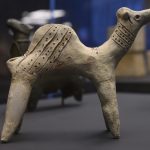


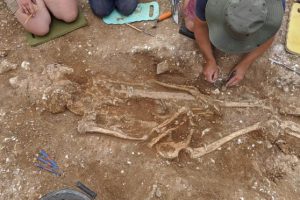
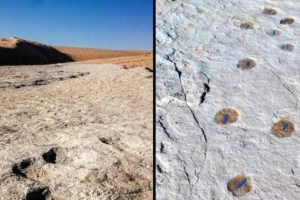
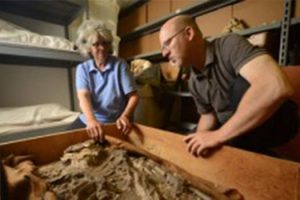





Every after in a whilst we select blogs that we read. Listed below are the most recent sites that we opt for
Here is an excellent Blog You may Locate Exciting that we Encourage You